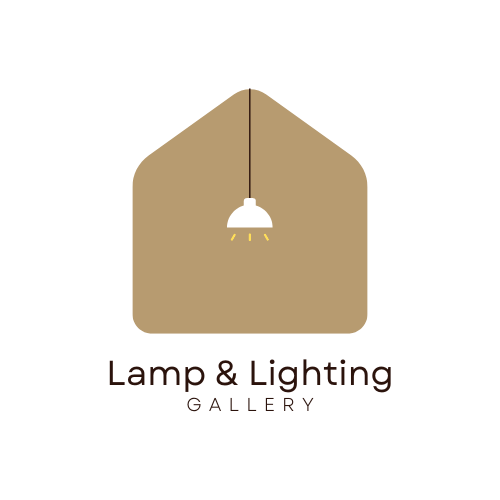Pendant lights are a versatile and stylish addition to any home, providing both functional and aesthetic benefits. When used correctly, pendant lights can effectively fulfill both task and ambient lighting needs, creating a balanced and inviting atmosphere in any room. This article explores how to use pendant lights for task and ambient lighting, ensuring you achieve the perfect illumination for your space.
Understanding Task and Ambient Lighting
Task Lighting: Task lighting is designed to illuminate specific areas where activities such as reading, cooking, or working are performed. The goal is to provide focused light that reduces eye strain and increases visibility. Pendant lights are particularly effective for task lighting in areas like kitchen islands, desks, and reading nooks.
Ambient Lighting: Ambient lighting provides overall illumination to a room, creating a soft, diffused light that enhances the atmosphere and ensures safe navigation. Pendant lights used for ambient lighting often serve as the primary light source in living rooms, bedrooms, and dining areas.
Selecting Pendant Lights for Task Lighting
Kitchen Islands
- Height and Spacing: Hang pendant lights 28 to 34 inches above the countertop to ensure they provide adequate task lighting without obstructing views. Use multiple pendants spaced evenly across the island to achieve balanced illumination.
- Design: Opt for fixtures with clear or open-bottom shades to direct light downwards onto the workspace, ensuring optimal visibility.
Home Offices and Desks
- Adjustability: Choose adjustable pendant lights that can be directed to focus light on the work area. This flexibility allows you to position the light exactly where it’s needed.
- Brightness: Ensure the light is bright enough to reduce eye strain but not so harsh that it causes glare on screens or work surfaces. LED bulbs are a good choice for their brightness and energy efficiency.
Reading Nooks
- Positioning: Position pendant lights to direct light downward, providing focused illumination for reading. Pendants should be hung at a height that illuminates the reading material without casting shadows.
- Dimmer Switches: Install dimmer switches to adjust the brightness based on the time of day and personal preference. This allows for a cozy atmosphere while still providing adequate light for reading.
Selecting Pendant Lights for Ambient Lighting
Living Rooms
- Diffused Light: Use pendant lights with diffused shades to spread light evenly throughout the room. This helps create a soft, inviting ambiance.
- Height: Hang the lights higher to ensure a wide distribution of light, enhancing the overall ambiance without creating harsh shadows.
Bedrooms
- Soft Lighting: Select pendant lights that provide soft, warm light to create a relaxing atmosphere. Frosted or fabric shades can help diffuse the light and soften its intensity.
- Bedside Pendants: Consider installing pendants on either side of the bed as an alternative to bedside lamps, ensuring they are hung at a height that is convenient for reading in bed without causing glare.
Dining Areas
- Height Above Table: Hang pendant lights 28 to 32 inches above the dining table to provide sufficient light while maintaining an unobstructed view across the table. This height ensures that the fixture does not interfere with conversation or sightlines
- Shade Design: Use pendants with shades that diffuse light evenly across the table, creating a cozy and inviting dining environment. Fixtures with open-bottom shades can also highlight the table setting, enhancing the dining experience.
Combining Task and Ambient Lighting
In many spaces, pendant lights can serve dual purposes by providing both task and ambient lighting. Here are some tips for achieving this balance:
Layering Lights
- Multiple Sources: Combine pendant lights with other lighting sources such as recessed lights, floor lamps, and wall sconces to create a layered lighting effect. This approach allows for versatile lighting options that can be adjusted to different activities and moods.
- Complementary Styles: Choose fixtures that complement each other in style and finish to ensure a cohesive look throughout the space.
Dimmer Switches
- Adjustable Lighting: Install dimmer switches to adjust the brightness of pendant lights according to different needs and times of day. This allows pendants to transition from task lighting to ambient lighting seamlessly, offering flexibility in how the space is used
Fixture Design
- Versatility: Choose pendant light designs that can adapt to both lighting needs. For example, pendants with adjustable shades or multiple light settings can be ideal for versatile use, providing both focused task lighting and broader ambient light.
Using pendant lights for both task and ambient lighting can significantly enhance the functionality and aesthetics of your home. By carefully selecting and positioning your pendants, you can create a well-lit, inviting environment that caters to your daily activities and adds a touch of style to your decor. Whether you’re illuminating a kitchen island, a reading nook, or a dining area, the right pendant lights can make all the difference in achieving the perfect lighting balance.
